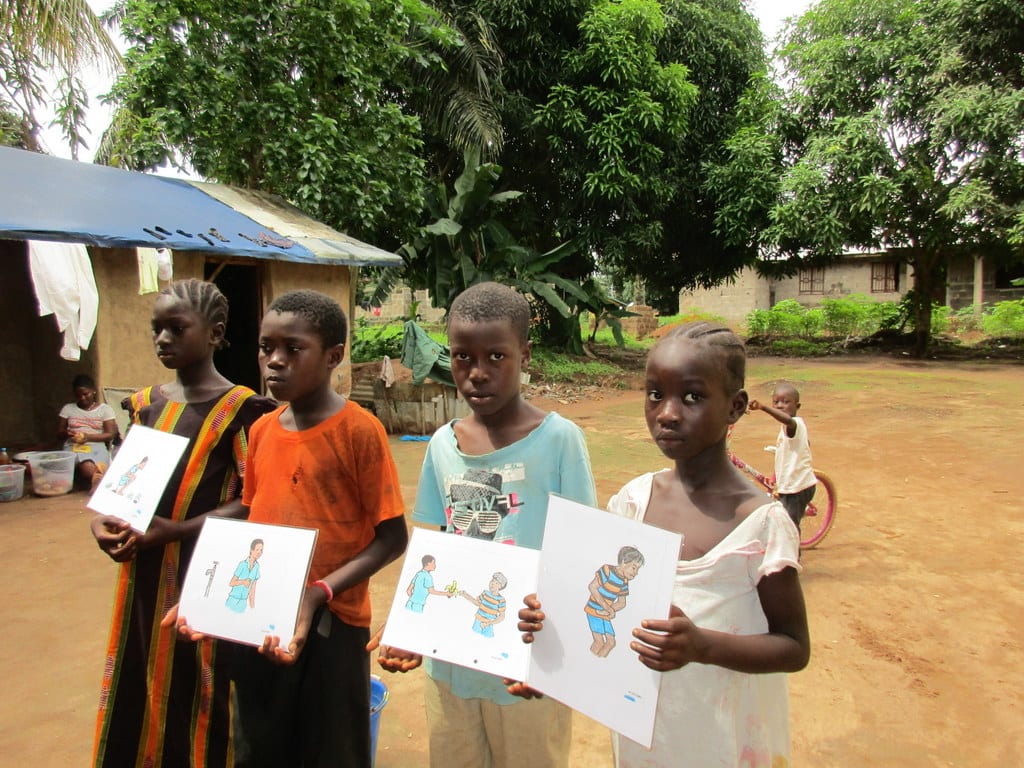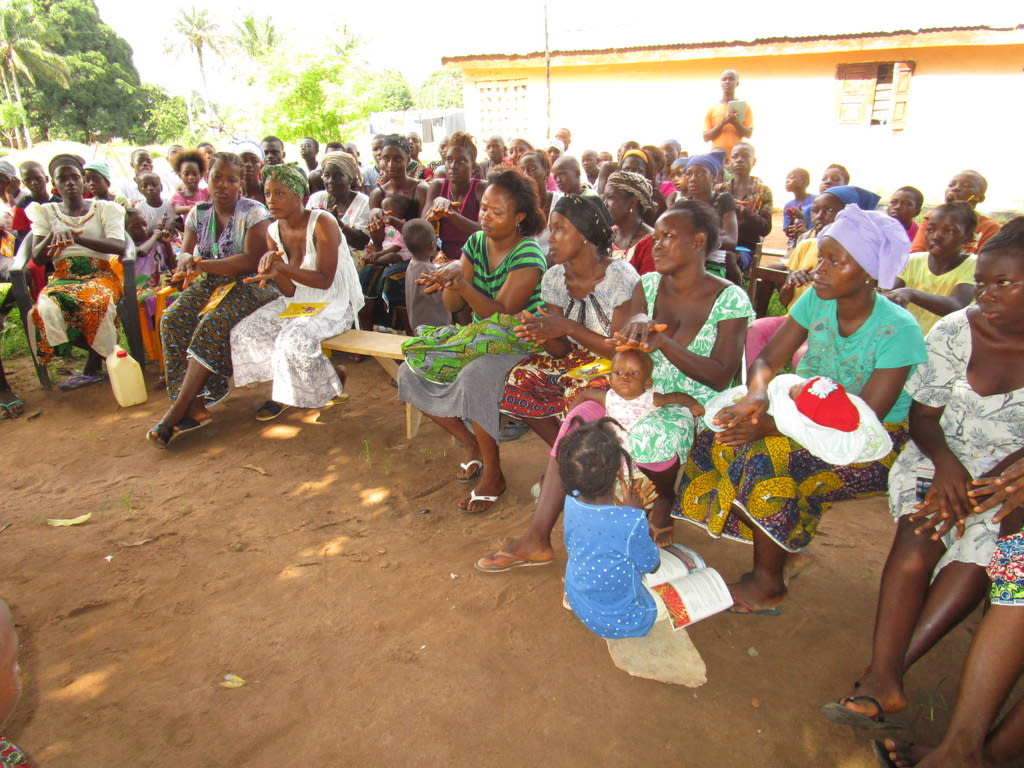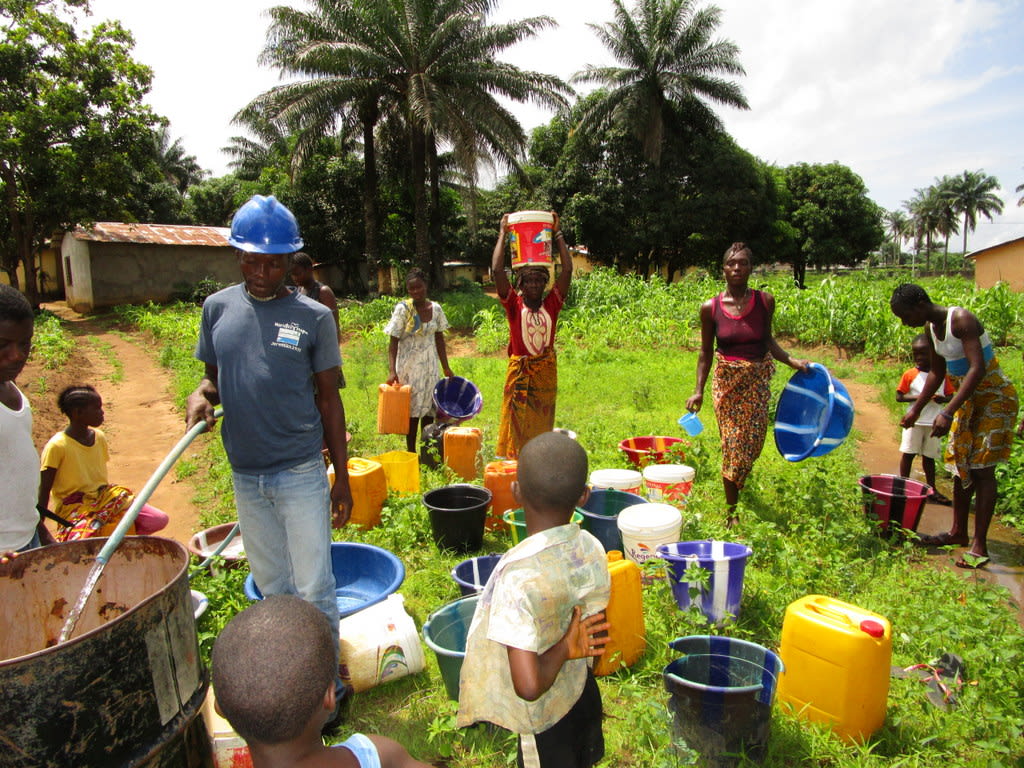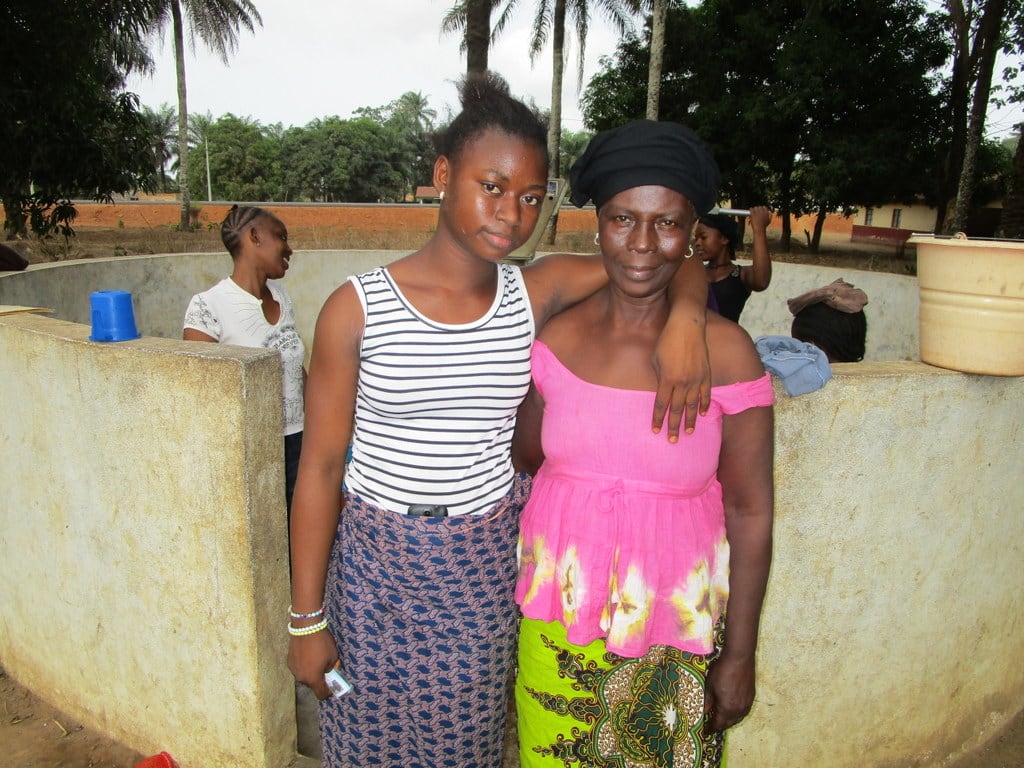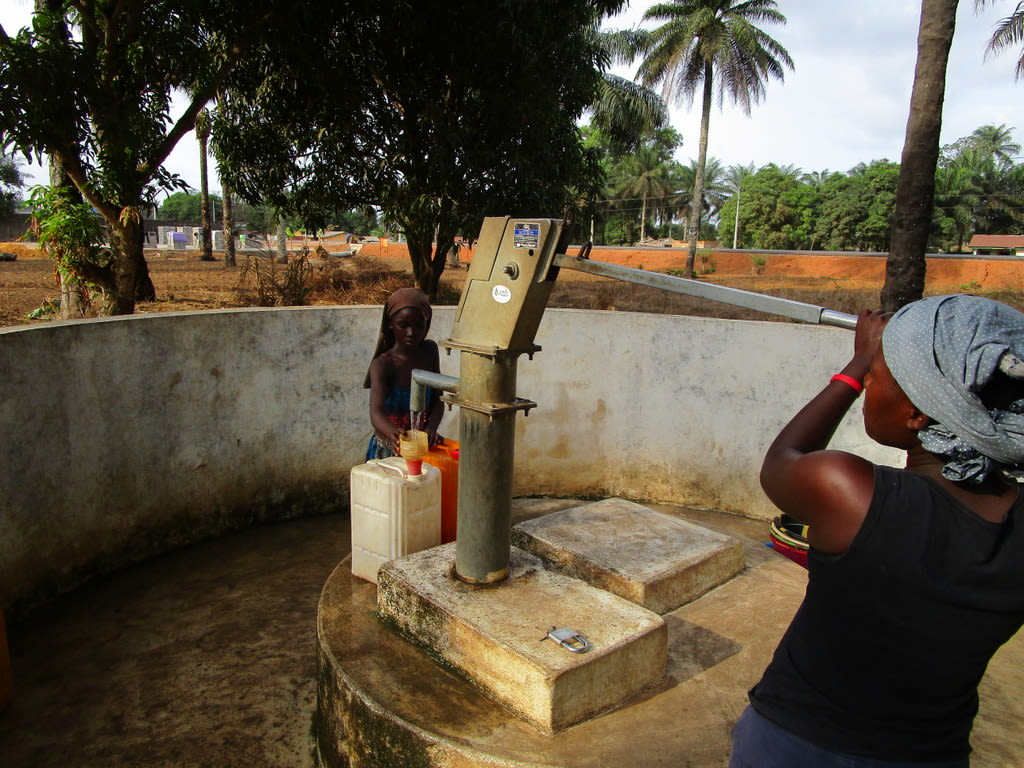This project is a part of our shared program with Mariatu’s Hope of Sierra Leone. Our team is pleased to directly share the below report (edited for clarity, as needed).
Welcome to the Community
The largest Muslim orphanage in the whole chiefdom is located in Royema Community. Royema Community is a unique place, since it has a female chief. It is rarely heard of for a female chief to rule in any community, but things are changing. The founder of Royema was a farmer who had settled in the woods with his immediate family and his brother's family. He was exploring new forest areas to plant his rice farms, and he came upon a very fertile piece of land that flourishes to this day.
The first person that settled in this village was known as "King David," with no other records of his real name. He was a very strong and hardworking man who prided himself in the power of his machete. Rumor has it that it took two full grown men to lift his machete. He was made chief of the community, and after his death his daughter was crowned chief because it was believed that the daughter inherited the strength of her father; both men and women were afraid of her.
The community to this day is run by powerful women who are devoted to their families and the development of their community. Royema Community is very disciplined and values the power of education. Almost all the children here attend some form of schooling. Early in the morning, the women are responsible for getting everyone ready for school and for the daily ritual of morning prayers.
Water Situation
The main source of water in Royema is a well that we monitor. The caretaker does a wonderful job making sure everyone follows the rules when fetching water. Girls tie their hair before entering the well, and everyone takes off their shoes some distance away. Everyone is careful not to splash water outside of their containers.
But this well isn't always busy. During one of our monitoring visits, the well sits abandoned. After interviewing the caretakers and beneficiaries in the area, we learned that it's an annual occurrence; the well goes dry from March to July.
Without this safe water source, inhabitants of Royema are exposed to typhoid, diarrhea, skin rashes, stomachaches and fevers. The major cause of death for most Sierra Leoneans is the use of contaminated water from swamps or unprotected water wells. Unfortunately, there's no other choice for the four to five months this water well is down.
Sanitation Situation
The latrines here are not properly constructed, and most are without roofs and doors. Pits are too shallow. The pits are dug eight to 10 feet deep and pieces of wood are placed on top to act as a platform to squat on. During the rainy season, water in the latrine pit flows to the top and washes out of the latrine, exposing the community to all types of diseases. Some latrines are built from plastics and sticks, so with just one gust of wind everything is blown away.
There wasn't even one hand-washing station to be found among all 36 households. The community is not densely populated, so there are still empty plots of land that people use as landfills. It is easier to just pile up garbage in this open area than to dig holes for it. In some areas of the community, the garbage is thrown in the back of the houses, attracting a steady flow of mosquitoes all hours of the day.
Plans: Hygiene and Sanitation Training
There will be hygiene and sanitation training sessions offered for three days in a row.
No hand-washing stations were found here. After our visit, the hygiene and sanitation trainer decided it would be best to teach community members how to build a tippy tap (a hand-washing station built with a jerrycan, string, and sticks). They will use these tippy taps for hand-washing demonstrations, and will also teach about other tools like dish racks and the importance of properly penning in animals.
These trainings will also strengthen the water user committee that manages and maintains this well. They enforce proper behavior and report to us whenever they need our help solving a serious problem, like a pump breakdown.
Plans: Well Rehabilitation
The well marked for this overhaul is dry for four months every year and needs major work to supply adequate, clean water to the community year round. The pump will be removed, and a man will be lowered inside with a hand auger. This hand auger will allow the team to drill several meters deeper to hit a sufficient water column that will ensure the well supplies water throughout the drier seasons. As the team drills, casing will be installed, transforming this hand-dug well into a pseudo-borehole. PVC piping will connect this lower system directly to the pump, a construction that we know will also improve the quality of water.
Once this plan is implemented, everyone within the community will have access to safe drinking water in both quality and quantity, even through the dry months.

 Protected Dug Well
Protected Dug Well














